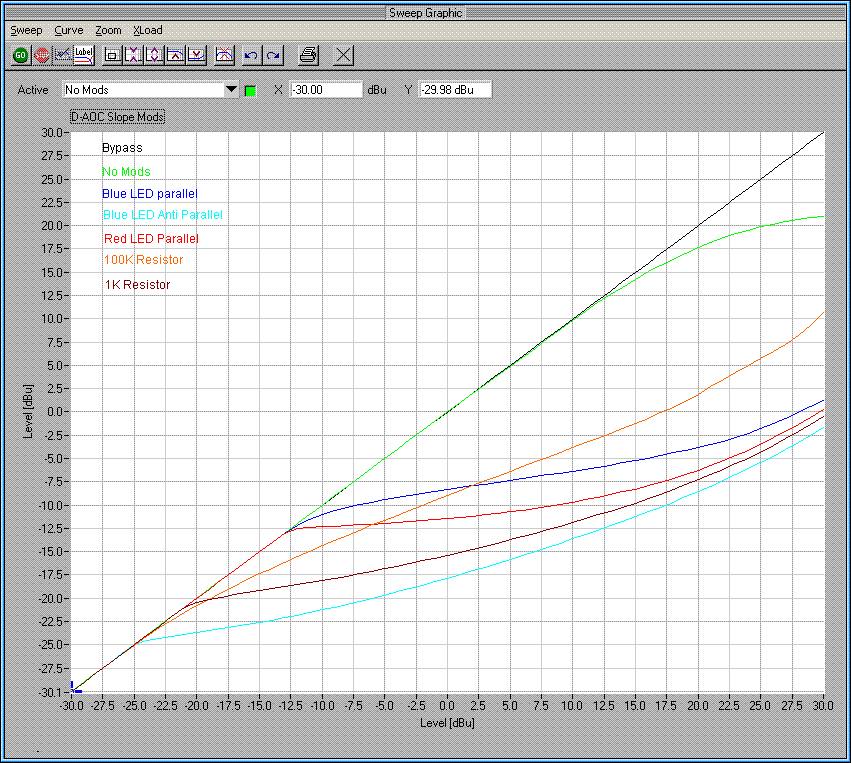As well as having the desired sound and compression character, mastering generally is about precise control, matchable across both channels.
So first up is to minimise sources of mismatch - here that means, as well as tube selection and matching, making sure the input, compression and output controls track as closely as possible for 2 channels.
That means rotary switches and hi precision resistors. No real problem, but it takes some care.
Then there is the sidechain matching - you would have to ensure the vactrol assembly responds as closely as possible across the channels.
That means measuring and selecting vactrols/leds and what not. Vactrol selection is not easy, needing some kind of test jig and lots of measurement time. And vactrols themselves are not cheap, as well as reputedly varying quite a bit in characteristics.
So, vactrol selection probably has potential to make a positive difference, depending on your tolerances.
All this would really start to show up as precision in each channel as well as across both.
There are some other resistors here and there that should probably also checked for tolerance, but I found the d-oac to be remarkably similar across both channels with generally no special selection of anything.
---
Next up, the transformers should be good quality/premium - hopefully the manufacturing will ensure the transformer performance is reasonably the same. This is *not* always the case for cheaper traffos!
After that, it is a question of what 'character' the traffos impart. I've only really been able to tell much difference between 'premium' traffos and 'value' traffos, like Edcor xsm/wsm. This is not a slight on Edcors, in many ways they have a performance which is great at the price.
So any of the premium traffos should be reasonably transparent, low distortion etc. I'm no fan of transformer-less outputs - noise is an ever present and insidious problem in the overall audio system. Traffos, if not picking up psu noise, are your friend in preventing noise issues downstream ..
I would certainly recommend shielded traffos all round to help in noise rejection.
If you don't have a toroidal psu traffo, then ... not so good but not necessarily the end of the world.
But probably, yes.
So - please. Shielding. Please. And check before final placement, the best place for stuff to be aligned.
This makes more difference than all other everythings combined and x 10.
----
THEN, assuming the basic wiring, mechanicals and components are not detracting from the potential performance, as can most definately be the case for non-optimised positioning of (worse still, unshielded) signal transformers, you SHOULD be good to go.
To know for sure you are meeting the criteria for mastering basic performance, some skill and tools in measuring the unit performance is required.
Evaluate freq resp, distortion, gain structure and finally but most difficult, measure the gain reduction characteristics.
That means manually measuring the resultant range of output values for a defined range of input values at lots of different control settings. Then plotting them to give you the family of 'transfer function' curves of the unit.
Just like the reposting of that graph above. How cool was that work as described, all the way back then

You might have access to a high end test tool that auto generates transfer functions, or maybe you write your own!
Thus you can demonstrate you have a unit you can safely think of as 'mastering quality'.
SO - somewhere between that and nothing, is the place you will find the things you might want to look at .

Cheers
ps - I think of all the diy dual compressor/limiters I have done, the d-oac has the most potential as a mastering unit. And that includes the gssl.
pps - I would probably never master in the analog domain, but I'm not a professional 8)




























